Is Autonomous Driving Safe? Exploring 6 Key Facts About Self-Driving Cars
Self-driving cars sound like something out of a sci-fi movie—but they’re already being tested and even used on some public roads. As this exciting technology becomes more common, many people are asking the same question: Are autonomous vehicles really safe?
The truth is, that autonomous driving has the potential to make our roads safer, but it also comes with its own risks and unknowns. In this article, we’ll break down six key facts to help you better understand how self-driving cars work, how safe they are, and what challenges still need to be solved.
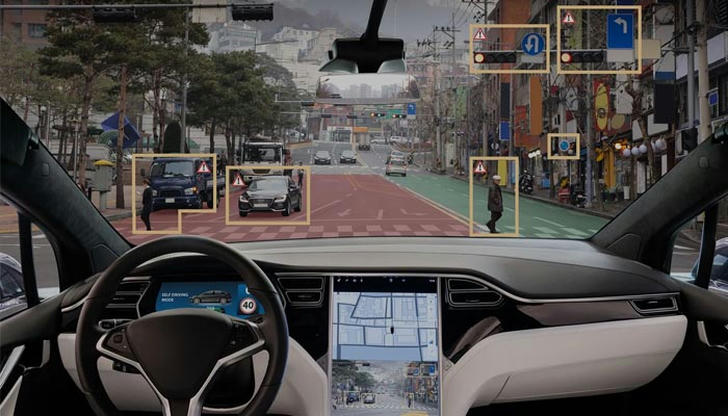
1. Human Error Causes Most Accidents—and Self-Driving Cars Can Help
More than 90% of car accidents are caused by human mistakes. That includes things like texting while driving, falling asleep at the wheel, speeding, or driving under the influence of alcohol or drugs.
Self-driving cars don’t get distracted or tired. They don’t drink or take risks. Instead, they follow programmed rules and constantly monitor their surroundings. In theory, this makes them much safer drivers than we are.
👉 Bottom line: Autonomous vehicles have the potential to reduce accidents caused by human error—but they’re still learning.
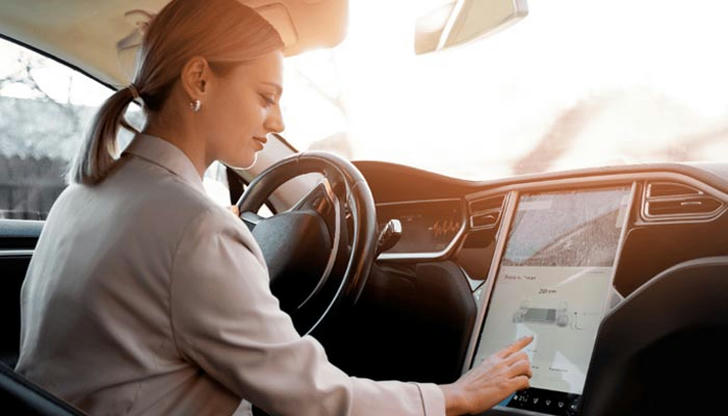
2. Self-Driving Cars Use Advanced Technology to “See” the Road
Autonomous vehicles use a combination of cameras, radar, LIDAR (laser-based sensors), and GPS to understand where they are and what’s around them. These systems help the car detect other vehicles, pedestrians, traffic lights, lane markings, and obstacles.
Some cars can even predict what nearby drivers or pedestrians might do next—like if someone is about to cross the street or cut into your lane.
But there are still challenges. For example, heavy rain, snow, or fog can interfere with sensors. Construction zones or unexpected road changes can also confuse the system.
👉 Bottom line: The technology is advanced—but not perfect in every driving condition.
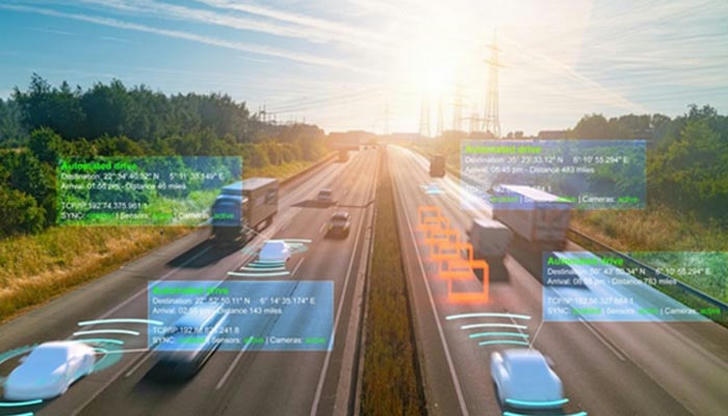
3. The Software Behind Self-Driving Cars Must Be Extremely Reliable
At the core of every self-driving car is software that processes information and makes decisions in real-time. It controls everything from when to brake, to how to change lanes, to how to respond if a child suddenly runs into the street.
While the software is tested thousands of times, there’s always a chance of bugs or unexpected problems. In fact, some accidents involving autonomous cars have been linked to software misjudging a situation or failing to respond quickly enough.
👉 Bottom line: The software is powerful, but like all technology, it needs constant updates and testing to stay safe.
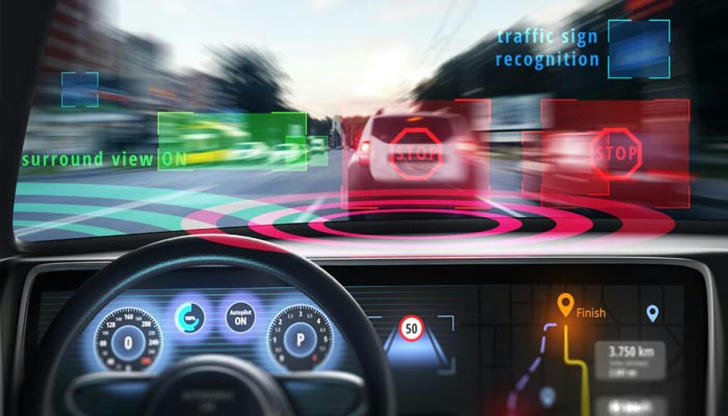
4. Most Self-Driving Cars Still Need Human Supervision
Even though some cars are labeled as “autonomous,” most are not truly 100% self-driving yet. Many vehicles on the road today have Level 2 or Level 3 autonomy, which means a human driver still needs to be alert and ready to take over at any time.
Only a few companies, like Waymo, are testing Level 4 or Level 5 vehicles, which are closer to full automation. However, these are often limited to specific areas (called “geo-fenced” zones) where conditions are carefully controlled.
👉 Bottom line: In most cases, a human driver is still part of the equation—for now.
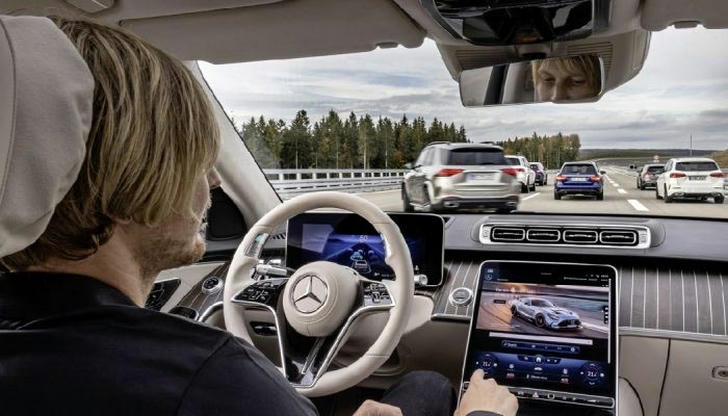
5. Autonomous Vehicles Must Follow Strict Testing and Regulations
In the U.S., autonomous vehicles are closely monitored by federal and state transportation agencies. Companies that test or deploy self-driving cars must follow safety guidelines, report incidents, and prove their technology meets strict performance standards.
Some states, like California and Arizona, have become hotspots for testing because of their clear regulations and favorable weather conditions.
👉 Bottom line: Self-driving cars are not being released without oversight—they go through rigorous testing and regulation.

6. Public Trust Is Just as Important as Technology
Even if the technology works perfectly, people need to feel safe riding in or around self-driving cars. After a few high-profile accidents, public opinion has become cautious. According to recent surveys, many people still feel unsure about riding in a car with no driver.
To build trust, companies must be transparent, share safety data, and educate the public about how the technology works.
👉 Bottom line: Safety isn’t just about machines—it’s about people feeling confident, too.
Conclusion: Is Autonomous Driving Safe?
The short answer is: autonomous driving is becoming safer—but it’s not flawless yet. The technology holds incredible promise for reducing accidents, easing traffic, and making transportation more accessible. But it’s still being tested, and real-world safety depends on everything from reliable software to strong regulations and public acceptance.
As the technology evolves, we’re likely to see safer, smarter cars on our roads—but for now, it’s important to stay informed and aware of both the benefits and the risks.
